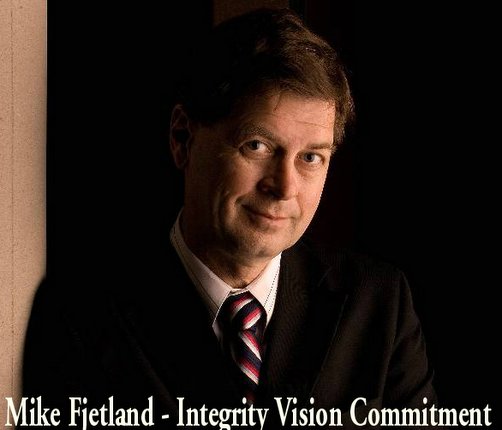Yesterday I was part of a US Green Building Council group that went to Austin to encourage our legislators to vote for several “green” bills pending before the House and Senate. While there, I learned several interesting things.
One lady named Angela that I met at a USGBC reception at Austin’s famous Scholz Garden is helping farmers and ranchers get wind turbines. It all started from dating a Dutch guy (he left but the business idea stayed). Angela said that the Midwest is converting rapidly to manufacturing wind turbines – and the plants are spreading south. Even the old Maytag plant in Iowa is now making wind turbines (which means even fewer people will be calling the lonely Maytag repairman). These are the new “green” jobs of our future.
She said that wind farms were going up all over the Midwest and spreading south. They usually build a plant near the wind farm. Then they keep the plant open making parts for other wind turbines so it provides a source of permanent employment in a new “green” industry. Farmers and ranchers have a lot of energy needs to run their operations. She said some existing turbines are too big and others too small for this market. She is seeking turbines that are “just right,” about 44 KW. They don’t yet exist but she thinks they will in two years.
The mood in the Austin legislature is different from when they last met two years ago when energy efficiency bills went nowhere. Now the legislature is almost evenly split between Democrats and Republicans and the feeling is that some kind of energy efficiency bill will be passed with bipartisan support. There is a bill for green schools and another to require future State buildings be built green.
However, there has been some misinformation on the cost of building green and Texas Senators Dan Patrick and Joan Huffman voted against SB16. Most cost estimates for building a LEED building are that it will add less than .1% to 2% to the initial construction costs. The payoff is in the drastically reduced operating costs of a green building – up to 60% less electricity, water usage, etc. That makes LEED buildings more attractive to tenants and investors. The lower operating costs will recover the extra construction costs within a few months –and will continue delivering the owners lower operating costs for decades of the building’s life. LEED buildings also command higher sales prices and rental fees.
Studies show that students score up to 20% higher and have fewer sick days when they are in a LEED building (which allows more light in) and employee productivity is higher in LEED buildings. On average, green schools save $100,000 per year, enough to hire two new teachers, buy 200 new computers or purchase 5,000 new textbooks, according to the report “Greening America’s Schools: Costs & Benefits” by Gregory Kats of Capital E, a national clean energy technology and green building firm.
However, few schools are being built “green” because contractors used by trustees don’t want to change their ways. The only way to change this is to get the public telling their school boards –and legislators-- that they want “green” schools and more energy efficient buildings. Students are the next generation. They need to know about the latest technology and LEED’s uplift on student’s scores.
If you want success in creating new jobs and importing less foreign oil, then encourage your legislators to vote “green.” The bottom line is that green building is making us more energy efficient, cutting costs and creating green jobs to take the place of old manufacturing jobs lost.
Our future depends on it. If you think this is important, pass it on…
Subscribe to:
Post Comments (Atom)

No comments:
Post a Comment